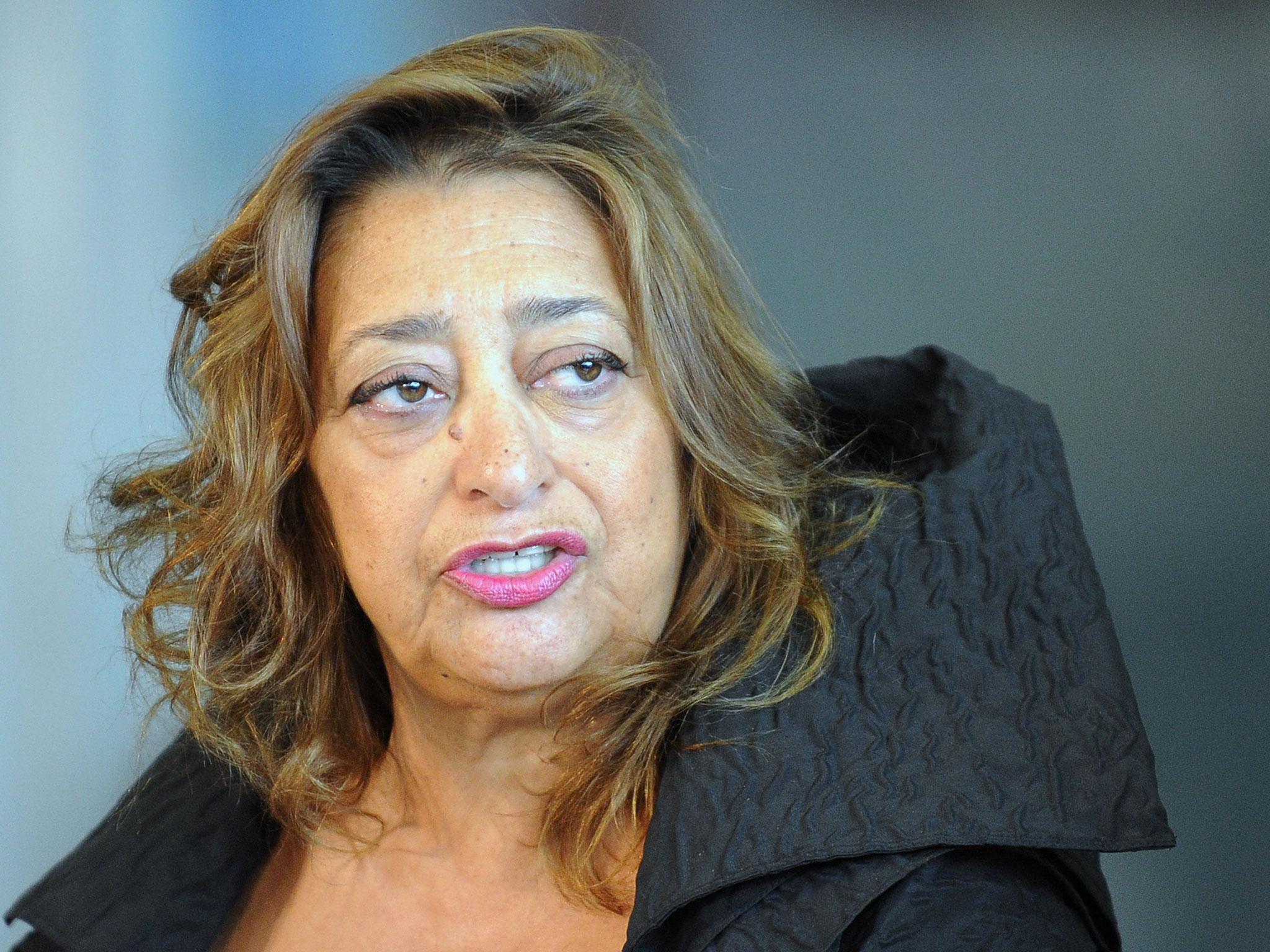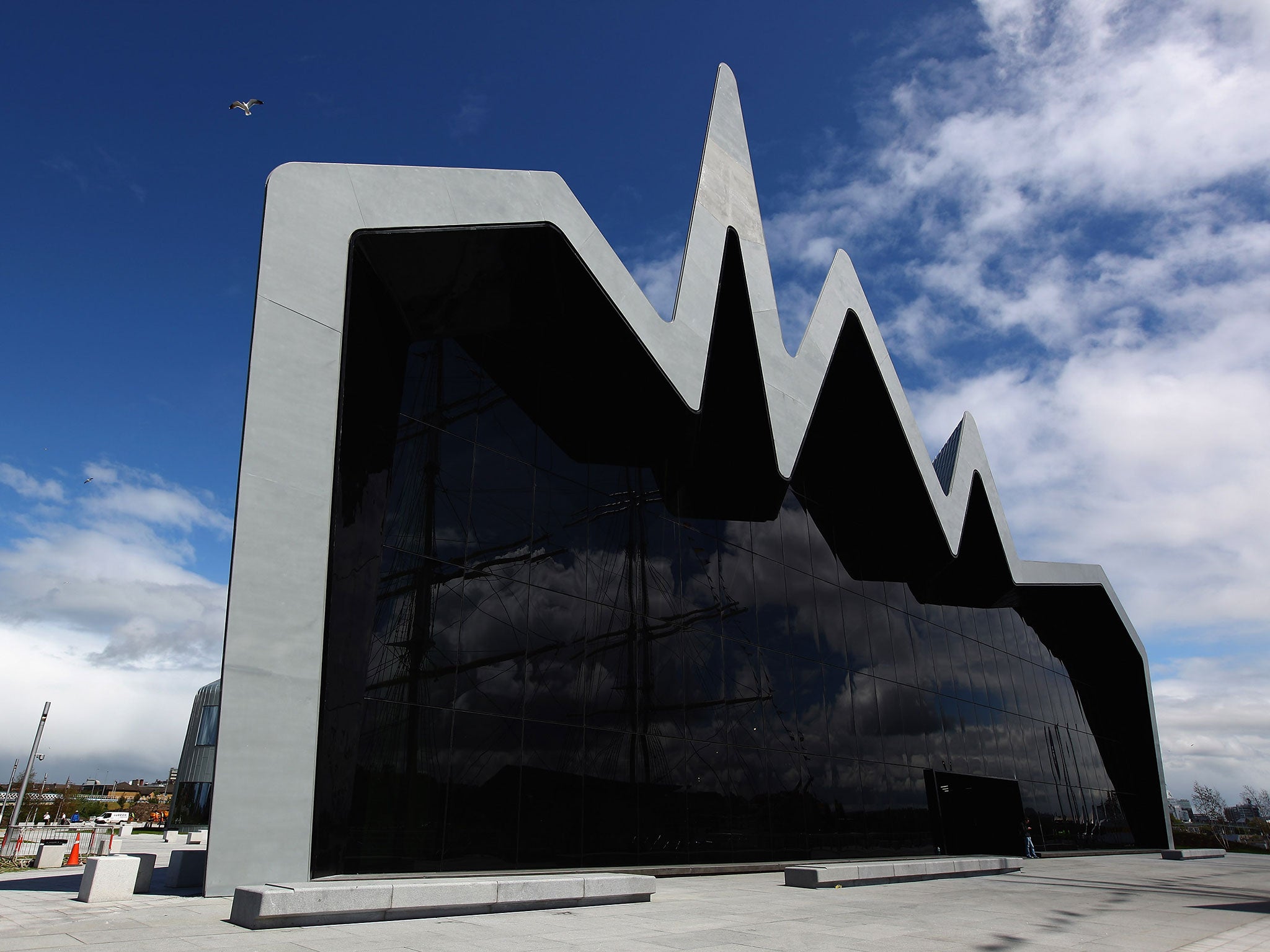Zaha Hadid dead: Groundbreaking architect dies aged 65
She suffered a sudden heart attack in hospital while being treated for bronchitis

Dame Zaha Hadid, the prominent architect best known for designs such as the London Olympic Aquatic Centre and the Guangzhou Opera House, has died of a heart attack aged 65.
In a statement, her company Zaha Hadid Architects said: “It is with great sadness that Zaha Hadid Architects have confirmed that Dame Zaha Hadid, DBE died suddenly in Miami in the early hours of this morning.
“She had contracted bronchitis earlier this week and suffered a sudden heart attack while being treated in hospital.”
A celebrated yet divisive architect, Dame Zaha's designs were commissioned by countries across the world including the US, China and Switzerland.
She became the first woman to win the Royal Institute of British Architects Gold Medal, the most established award for architecture, in February 2016 in her own right for her designs, which include the London Olympics, Glasgow’s Riverside Museum, the Cardiff Bay Opera House and the 2022 Fifa World Cup in Qatar.


The daughter of the leader of the Iraqi Progressive Democratic Party, Dame Zaha was born in Baghdad in 1950. She was sent to boarding school in England as a child and studied maths at the American University of Beirut before going on to study at London’s Architectural Association in 1972, opening Zaha Hadid Architects in 1979.
Her first building was the Vitra Fire Station, located close to the German-Swiss border, and her interior designs included the Mind Zone at London’s Millennium Dome and London's Serpentine Sackler Gallery.
Addressing her success and recognition in receiving the Gold Medal, Dame Zaha told The Financial Times in September in 2015 that she still didn’t feel like part of the establishment. However, she admitted: “I suppose I must be part of the establishment now. I’ve always been independent and because I’m ‘flamboyant’ I’ve always been seen as difficult. As a woman in architecture you’re always an outsider. It’s OK, I like being on the edge.”
Speaking on BBC Radio 4's Desert Island Discs last month, she said it was "very important" to "contribute culturally in a positive way" to countries that have commissioned her.
Dame Zaha said she did not feel "part of the establishment" despite the honours she has received.
She was honoured in the Queen's Birthday Honours list for services to architecture in 2012.
Profile: Zada Hadid
Zada Hadid’s buildings have been commissioned around the world and she was the first woman to receive the Royal Institute of British Architects Gold Medal earlier this year.
After gaining a reputation for The Peak in Hong Kong and Berlin’s Kurfurstendamm, she secured international recognition with in 1993, when the Vitra Fire Station in Weil Am Rhein, Germany was completed.
She would go on to be acclaimed for Cincinnati’s Rosenthal Centre of Contemporary Art and the Guangzhou Opera House in China.
A two time winner of the Riba Stirling Prize, the UK's most prestigious architecture award, she won in 2010 for the MAXXI : Italian National Museum of 21st Century Arts in Rome and again in 2011 for the Evelyn Grace Academy in Brixton. The following year she was made a dame.
But some of her designs faced criticism. Plans for the Cardiff Bay opera house were scrapped in the 1990s and her design for the Aquatic Centre, built for the 2012 London Olympics, was also criticised.
Fans in the thousands of temporary seats – a basic part of the design brief – complained that their views were restricted.
Her designs for the MAXXI and the Riverside Museum of Transport also faced criticism and her cancelled plans for the Olympic stadium in Tokyo were attacked by leading Japanese architects for their impact on green space and historic buildings.
But last year and she won the Design Museum Design of the Year Award for the Heydar Aliyev Centre in Azerbaijan’s capital, Baku.
Henry Austin
Join our commenting forum
Join thought-provoking conversations, follow other Independent readers and see their replies
Comments